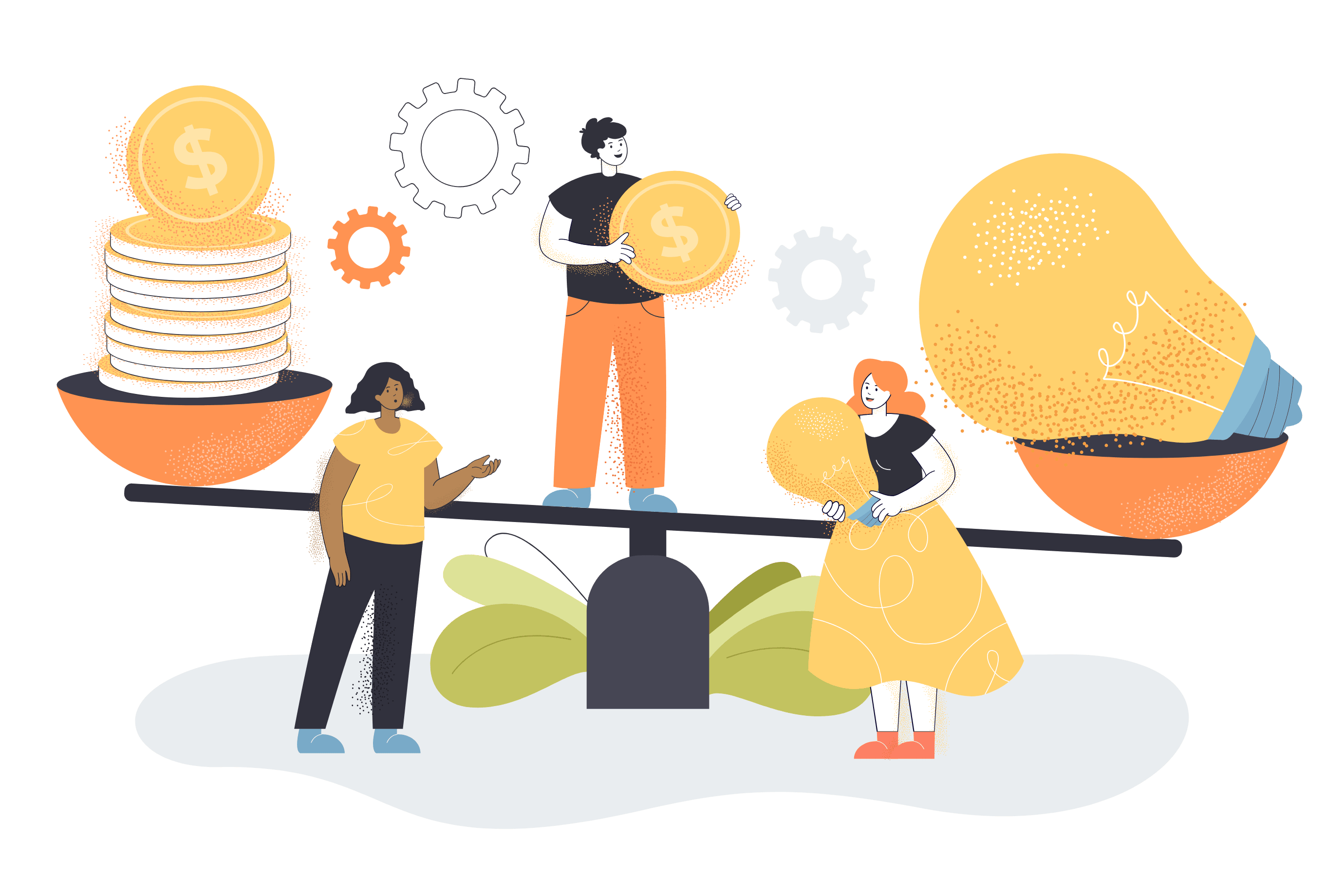STP

Systematic Transfer Plan
What is STP ?
STP is a method through which one makes a one-time investment in one mutual fund scheme and at regular intervals transfers a certain amount into another scheme within the same mutual fund firm. Gradually, STP assists by lowering risks to a significant level and generating favorable returns. STP, in its simplest sense, refers to transferring an investment from one asset or asset type into another. Over time, this transfer process takes place gradually.
Model
Types of STP
Fixed STP
In this case, the investors transfer a certain amount from a particular investment to another.
Capital Appreciation STP
In this STP, investors withdraw their earnings from a specific investment and put them into another.
Flexi STP
In this particular STP, the investor has the choice to contribute a flexible amount to the investment.
Benefits

Helps in Re-balancing Portfolio
A portfolio can be efficiently balanced via STP as this strategy offers the allocation of investments from equity to debt or vice versa. You may switch your investment from an equity fund to a debt fund if your investment equity goes up.
Consistent Returns
Through STP, one might continue their investment in a debt or liquid fund while transferring the predetermined amount to a target equity fund. As an outcome, an investor can gain from the returns of the equity fund to which the money is being transferred while being additionally safeguarded because some of the investment is still debt-based.

Averaging of Cost
STP assists in acquiring units when rates are lower and vice versa, and this helps to balance out the cost.
Power of Consumption
In comparison to other elements, time has the most impact on your investment portfolio. Because investments have the capacity to appreciate in value over time, the longer the time perspective, the greater the benefit. In order to get the most from the power of compounding, financial professionals consistently advise clients to begin saving early.

- Compounding is a long-term investing approach that incorporates reinvesting dividends or interest earnings to get fresh assets.
- The benefit of compo because to the fact that as time goes on, income continues to grow the principal in order to greater returns.
- Longer investment periods or greater rates of return are significant factors that contribute to boosting the principal amount.
- Therefore, we can determine that a smart investing approach revolves around maximizing compounding by keeping time on one’s side. So the power of compounding will be stronger the earlier you start investing.